“It is all about patterns.” This is a fair and unfair truth of the design industry. The artists are allowed to explore their creativity by all means. The real challenge is how they can keep a connecting point that has a sense of similarity and justifies this creative freedom. Patterns are parallel. Moreover, they include curvatures of all mediums. They are considered to be more complicated. However, they still have the potential to showcase a certain message to the user. These well-curated and organized visuals help the observer connect the dots. The perfect patterns are capable of leaving a robust and long-lasting impression in the user’s mind. This helps them recall a brand, whenever necessary. On the surface, brands prefer to have a distinctive and unique characteristic in their identity.
However, if you dive deeper into the design, they aim to provide a sense of similarity. For similarity, here it depicts the feeling of camaraderie, fraternalism or oneness. This amalgamates the brand and the audience in a shell. The brand needs it, and so does the audience to mutualize on the same page. As a designer, an artist or an entrepreneur, you might need sources for inspiration for your enhancing your brand’s identity. Here we would discuss 10 tips for creating the perfect patterns in your design:
1. Go a little old school:
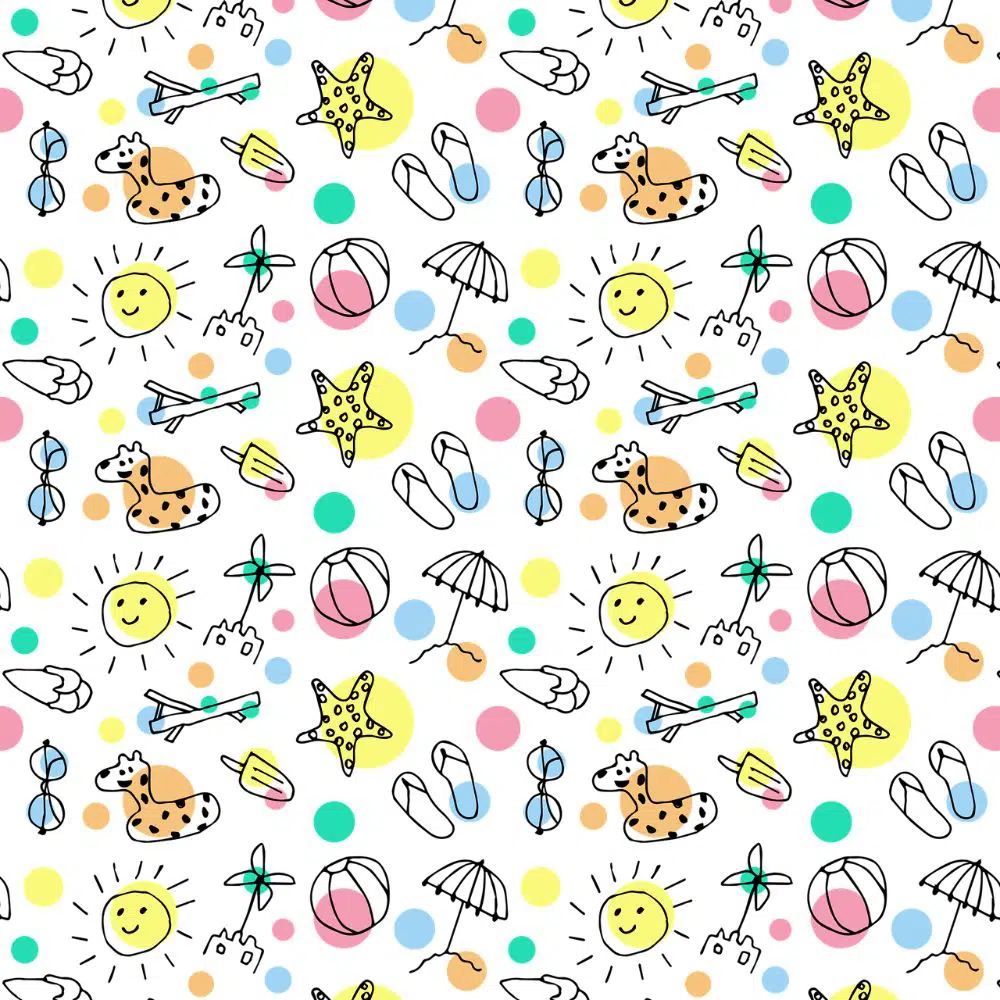
Before you start actually to work on making a new pattern, try going a little offbeat and go a little old school with your thoughts. For this, you need to explore the design practices in the past. Research and recall how the designs were made by a tribal in the 15th century when there was a free flow of imagination. You can go back and read about how the design has evolved over the years. Seek inspiration from the raw elements used before civilization.
The more you dig, the more you would come across the lifestyle of older times, and how everything was connected to nature, body and soul of humans, which ultimately would connect and make a pattern. This exercise would help you in many intangible ways as it would help you understand human psychology as well as the purpose behind using a particular element for a particular work. This understanding is very much necessary as any pattern created would have a direct impact on the consumer’s mind. This would work as an influencing factor in the purchase cycle. Therefore, brainstorming it in an old school way becomes important to understand the audience in a consummate way.
2. Have a keen observation:

Patterns are a reflection of our surroundings. Everything which we observe consciously or unconsciously forms a pattern in our mind. These patterns are the same that we visualize for us as well as our brands. This is the reason, at the ideation stage, it gets essential to turn oneself into an observer, to good curate designs.
Perfect patterns are all made up of basic shapes like circle and square, which caters to the infinite designs made out of the two. It is advisable to develop the sense of objectifying the surroundings in either circular form or connect everything with lines, which ultimately would help you come up with unique patterns of your own at the time of presentation. Perfect patterns are identity for your brand and observation skill would help it cater the best.
3. Understand your target audience:
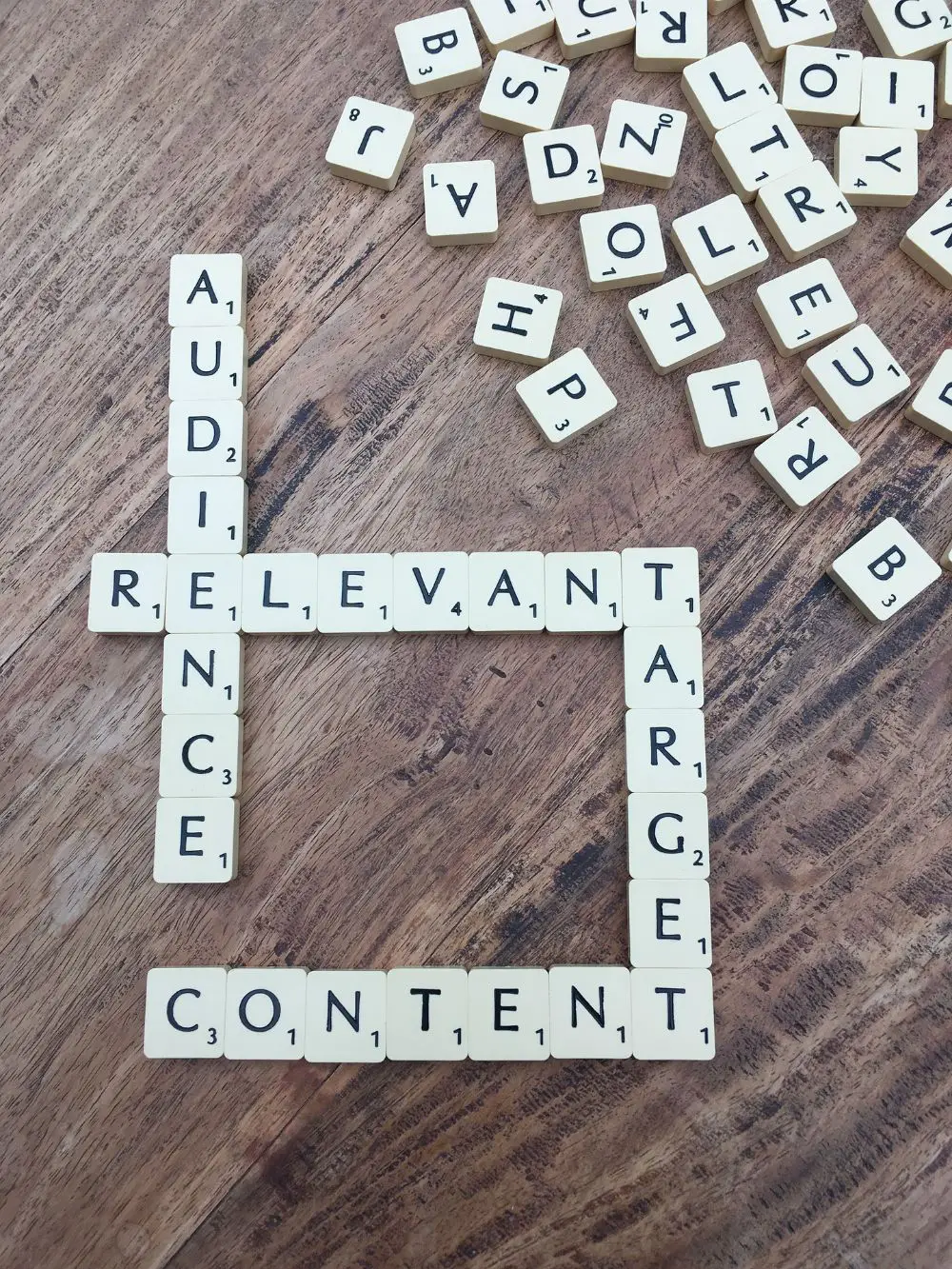
Before we design goods or services and prepare the results, it is important to know the “Who” or “whom” behind it. In the same way, before curating a perfect pattern for a brand, it is necessary to know your target audience inside out. The target audience might have different taste and type in the beginning, so knowing them in advance would help you to bring them together in the same space.
On the other hand, understanding your target audience is a tough job as their tastes are likely to change at frequent intervals of time. Therefore, experimenting with their choices would help you gain experience as well as would give you a handy opportunity to play with variations. Some patterns may not work with your audience at times, but it would help you redefine your target audience and at the same time would narrow down to specific and permanent leads.
4. Understand the “why” behind it:

The design does not work the way it should work if it is designed randomly without knowing the purpose behind it. The purpose behind the curation of the design should be clear to achieve the results or else it would serve no meaning. It may serve good if it is a plain representation of imagination for hobby purpose and not commercial. However, for commercial representation, the idea or an induvial in front of the multiplicity, it is necessary to know the why behind it.
Also, getting to know the “Why” behind it would help you brainstorm better as well as help you reach the result faster. The only reason being is that the direction is clear and crisp. This would also leave you with a space for changes in the design in case it doesn’t work out or get along with the purpose. There would be ample opportunities to upgrade. Without proper clarity of the purpose, the patterns would just be random and would not be able to connect with the vision of the brand.
5. Work on a base pattern:
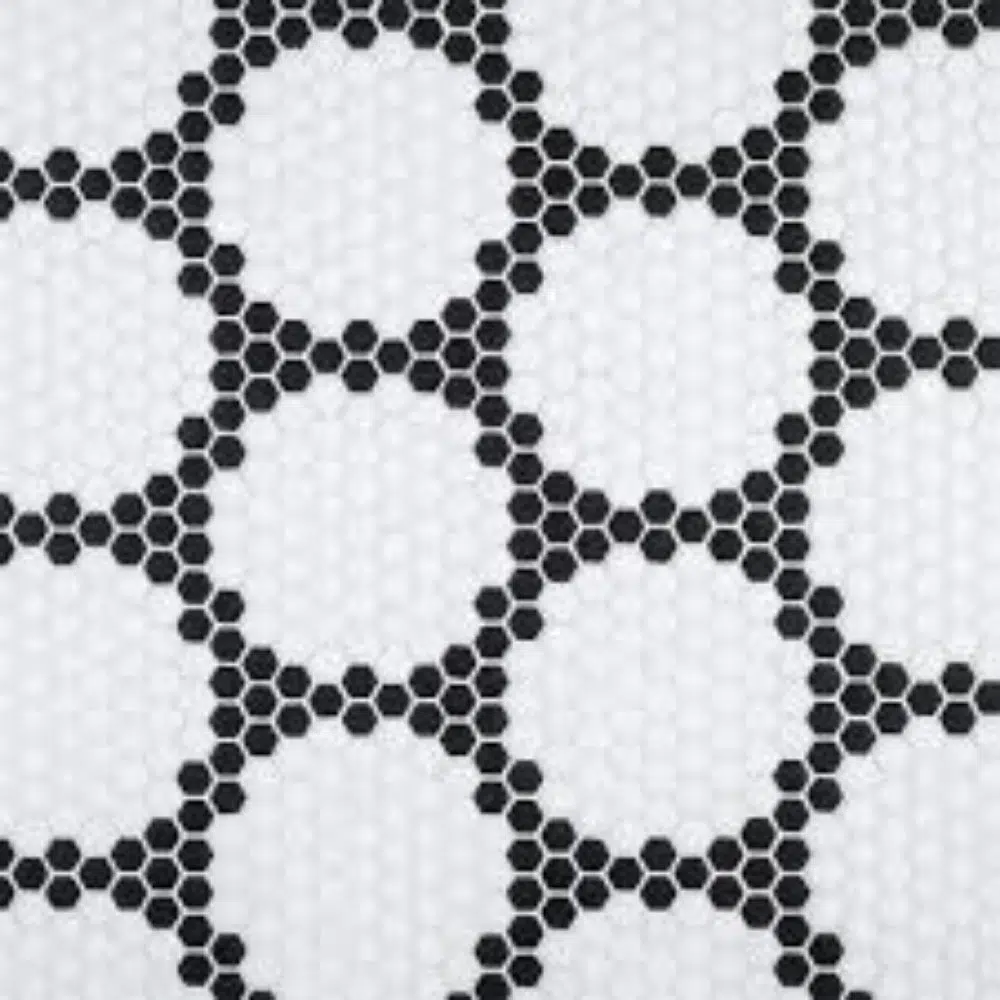
The base pattern reflects the core image of the brand. For instance, Starbucks has a set base pattern, logo and a brand colour which goes out with every campaign and marketing strategy. On the other hand, with the festivals, new launches. They come up with new experiments on the base pattern. The star symbol is the highest experimented part of the brand along with merging with different patterns. This way, they can keep the standard image of the brand in mind of the audience. In addition, they can also help them recall innovations at every possible stage. This is an effort to make them stick to the brand in every scenario. Here, the base pattern is used as a form of visual to create a powerful impact in the hearts and minds of the consumers. It is advisable to take time while designing the base pattern.
Since it would work as a whole and sole representative of the brand in every corner. Once the base pattern is launched and fits in the mind of the consumers, it gets extremely difficult to change the image of the brand in the later stage as patterns are visuals and visual are known to have a profound and powerful impact on a human’s mind. Therefore, it is better to understand the brand, the purpose, the problem they are trying to solve for their consumers, the vision before coming up with a base pattern and portraying the brand in an altogether different way. The base pattern of the brand is one such influential factor while predicting the future of the brand.
6. Explore different styles:

Perfect patterns are finished products made by using varying sizes of curves and lines. There is no restriction in pattern designing and creation. The designer has complete freedom to try multiple hands-on ideations. As a beginner, it is advisable to work on multiple styles before picking up your niche. This would give you sufficient experience to try different permutations and combinations at the later stage as well as in case you run out of ideas. There are several patterns to explore from like Geometric patterns, Floral patterns, Structural patterns, Texture patterns, Allover patterns, Communicative patterns.
Once all these perfect patterns are tried and tested, you can pick one that you like and define your style. Jumping on picking up your style in the starting stage would make your options limited. Moreover, there would be a limited chance for improvisation. Therefore, as a beginner, it is advisable to adopt a jack of all strategy instead of trying to be a master of one without experience. This can turn the tables against your favour in front of other designers.
7. Practice and identify your weaknesses:

You cannot work on your weakness or improve yourself unless you know the pain point. The pain point here can be lack of enough practice at your end. Even if you have mastered the art of pattern designing, there would still be some patterns where you lack.
Also, there would be some areas that if polished, can bring in better results. This is the reason; it is advisable to work on a new pattern everyday even at an advanced stage, to bring in freshness in your ideas as well as helping you sharpen your weak areas. This would enable you to design perfect patterns.
8. Try going contemporary:

We live in a world of oxymorons, where usual and unusual exists together. The world of design is such a tricky world where simple and complicated makes the best pair of all time. The trick here is to go contemporary. Picking up simple and complex designs and merge them to make a single pattern. For instance, you can pick up a floral and geometric pattern together. On the other hand, you can pick up texture and geometric pattern together and use it for creating a single pattern.
For brands, one more trick here is to experiment with the amalgamation of different patterns with the logo. You can create patterns where the logo of the brand mingles naturally with the pattern. This way you can add a plus to the branding patterns. Consumers love to see the logo as well as flaunt it to the fellow audience, and if they get this merged with patterns, it’s a cherry on the cake for them. Many brands have used this strategy, and the number shows the authenticity of it quite accurately.
9. The formula of fixed and variable:
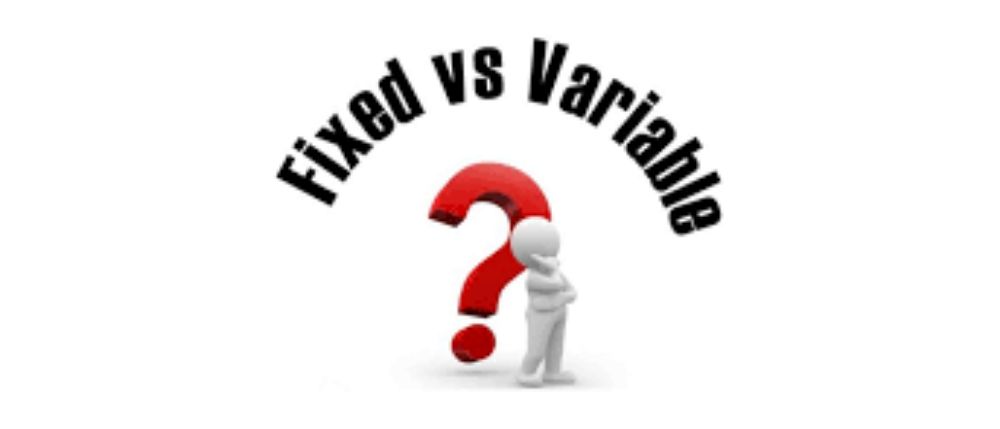
We have often come across the ‘Fixed rate’ structure in goods and services domain. There the prices are non-negotiable, and the consumers have to bear the cost of the demand. Patterns are created using the same theory. Some of the designs can be selected beforehand and are kept aside as fixed ones. The same designs should be repeated as a fixed structure format for the main patterns.
On the other hand, two or three at max can opt as variables designs that keep changing with the structure. This formula has two benefits, one that it saves your time plus it looks appealing to the eyes. Human eyes are designed to get attracted to little variations in a whole lot of constants. These variable designs would work as ‘Cookie’ elements and would grab the consumer’s attention.
10. Keep up with the trends:
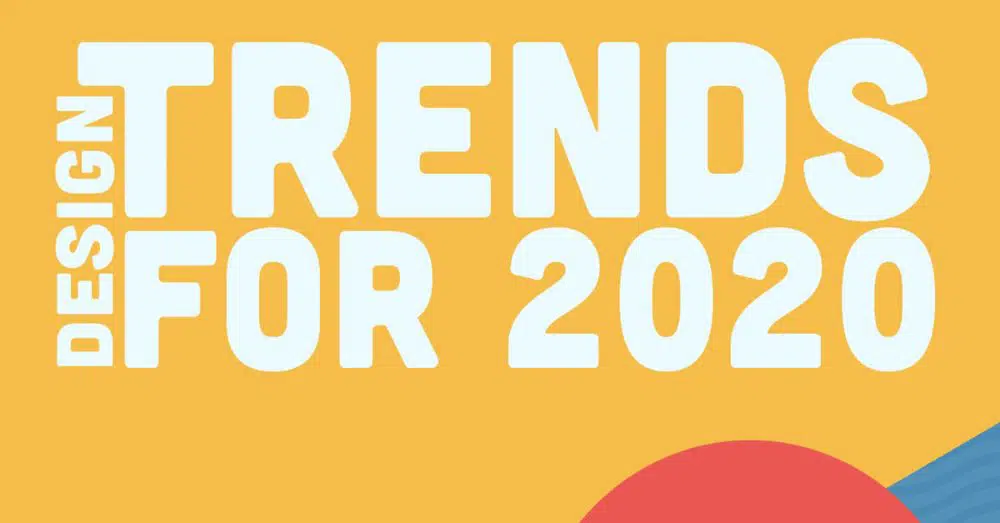
Trends are an attempt at understanding how consumer’s behaviours evolve. Consumers taste change over time, and so does their attention span towards your brand. As a designer, your primary motive should be to understand that changing behaviour and work on pattern design that would satisfy their moods. Moreover, it would help to get back their attention within the shortest period. Therefore, creating perfect patterns as per the trends would help you grab user attention.
Moreover, it would also provide you with a space for experimentation. It does not matter if you are a beginner or a master. Following the trend would give you a new consumer base as well as help you enhance the perspective of the existing consumer base.
Patterns are tricky but at the same time intriguing, taking it up randomly may cause you instability over the years. This is the primary reason you should follow these 10 tips for creating the perfect pattern design in your design. They would help you recall or brush up the design practices that you have left behind. We hope the above tips and tricks help you to create better pattern design for the future as well as help you decode your target niche at every stage.
